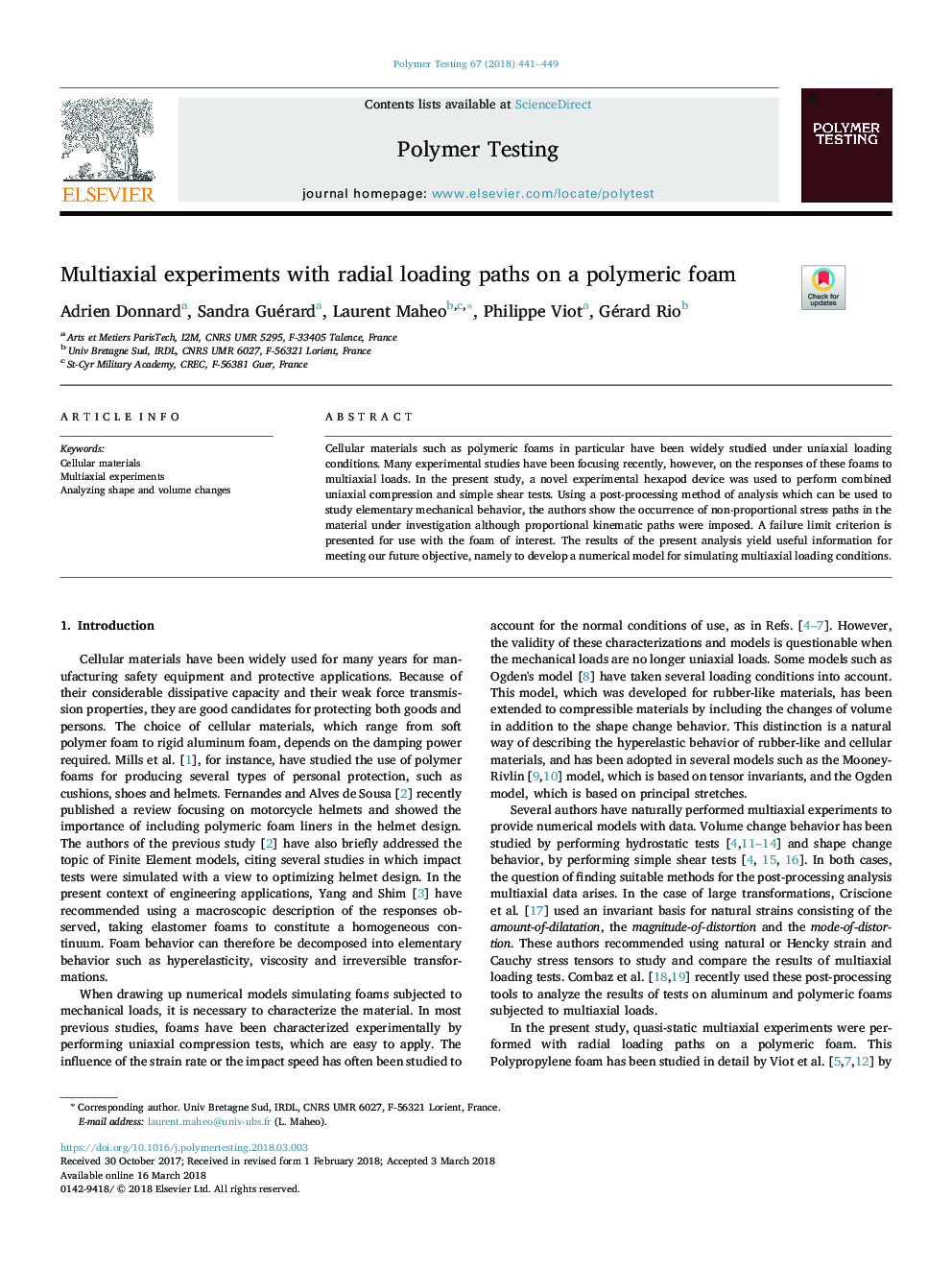| Article ID | Journal | Published Year | Pages | File Type |
|---|---|---|---|---|
| 1573732 | Materials Science and Engineering: A | 2016 | 9 Pages |
Abstract
The results indicated that heat treatment promotes the formation of the γ phase in the majority region after heat treatment at 1200 °C for 24 h, while a fully lamellar structure was formed in the near-substrate zone. The response to heat treatment at 1060 °C/24 h was markedly different, producing a fine lamellar structure with differing sizes in the majority region and near-substrate zone. These various microstructural characteristics determined the mechanical properties of the heat-treated samples. The heat-treated samples at 1200 °C/24 h exhibited lower UTS and microhardness values but higher ductility than the as-fabricated samples without heat treatment, while the 1060 °C/24 h heat treatment resulted in higher UTS and microhardness values but lower ductility. Due to the homogenous microstructure in the majority region after each postproduction heat treatment, the tensile properties were similar for both the build direction (Z) and travel direction (Y), thereby minimising the anisotropy that is exhibited by the as-fabricated alloy prior to heat treatment.
Related Topics
Physical Sciences and Engineering
Materials Science
Materials Science (General)
Authors
Yan Ma, Dominic Cuiuri, Huijun Li, Zengxi Pan, Chen Shen,
